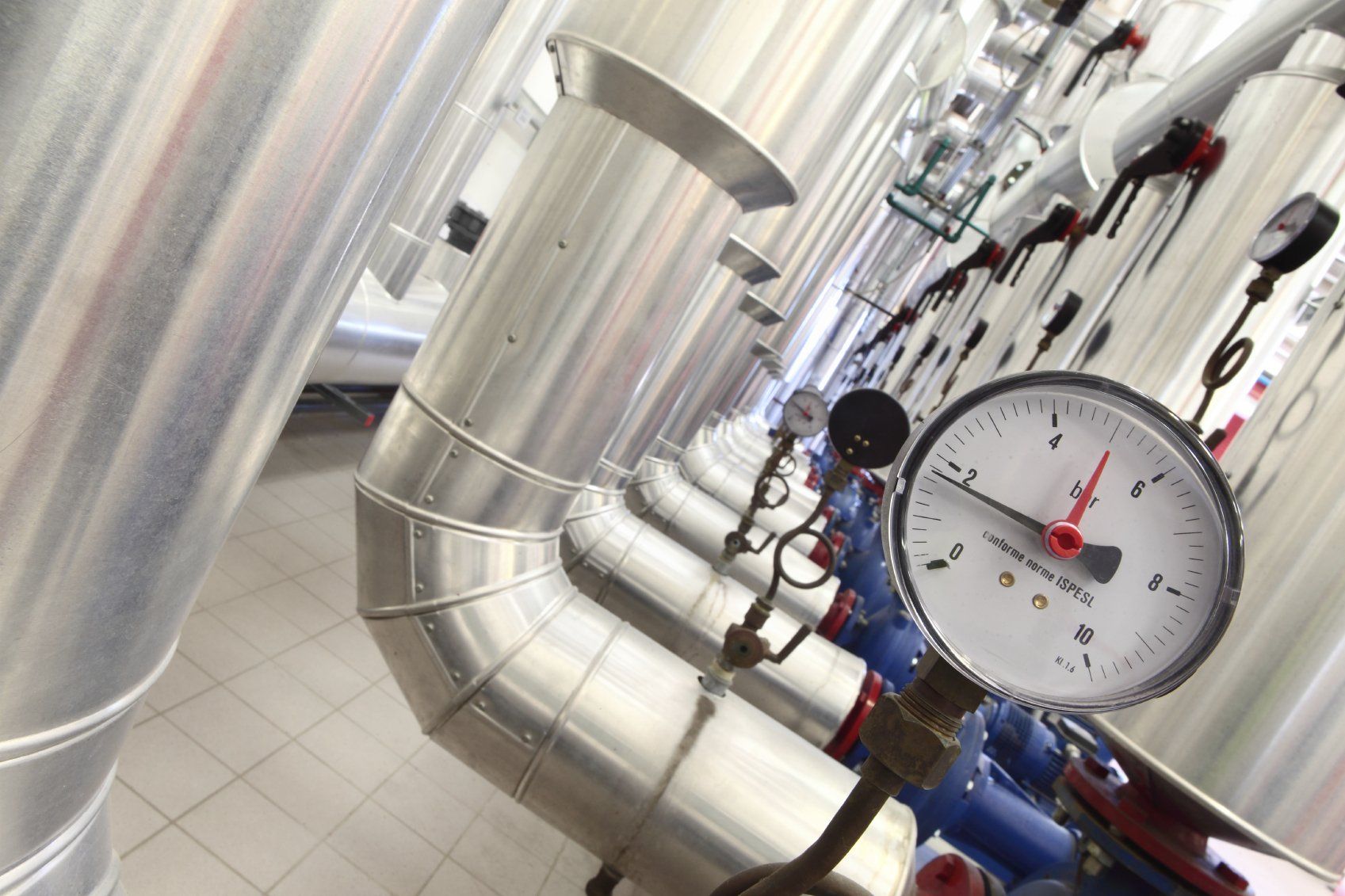For low viscosity fluids, propeller stirrers, which cause predominantly axial flow, or disc stirrers, primarily radial flow, are often used. Their diameter is usually 20-40% of the bowl diameter. They run fast and effect preferably turbulent flows. In order to produce a suspension of solids in the stirred tank, especially propeller stirrers are suitable because the axial flow prevents settling on the bottom of the stirred tank.
The radial flow of the disc stirrer promotes the fragmentation of gas bubbles and is particularly suitable for reactions in which a gas is reacted. An essential function of the flow breakers, which are fixed in the stirred tank. They prevent the contents of the stirred tank from rotating together with the stirrer, whereby the effect of the stirrer would be small. On the other hand, the flow breakers ensure optimum stirring and turbulence. They are mounted at a distance from the boiler wall, so that no deposits and no dead zones can form within them in the flow.









